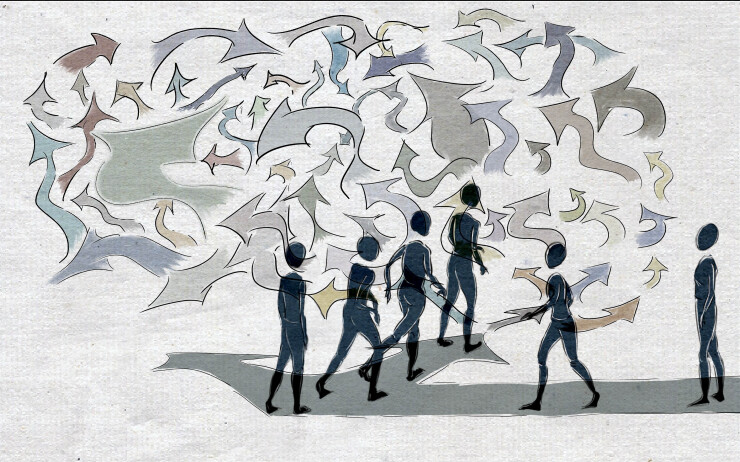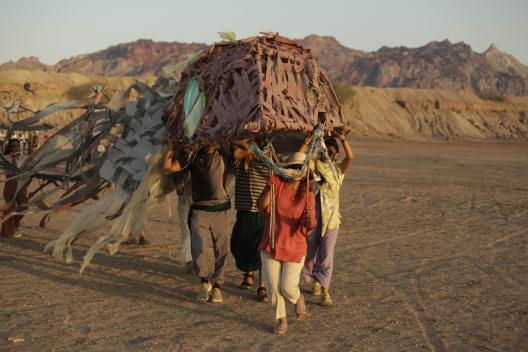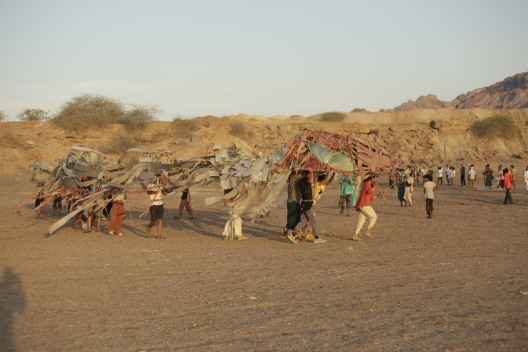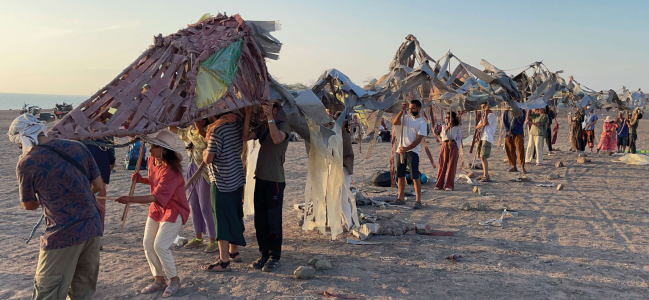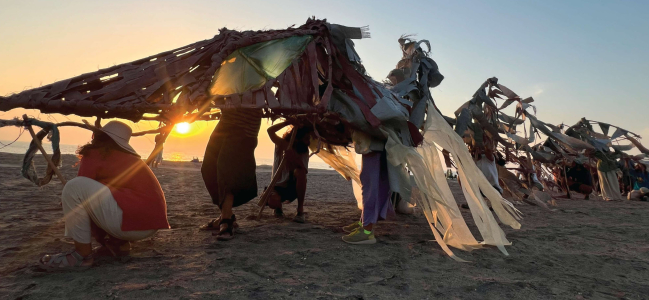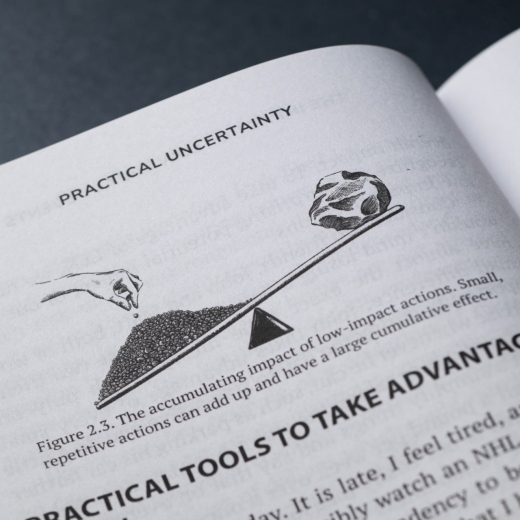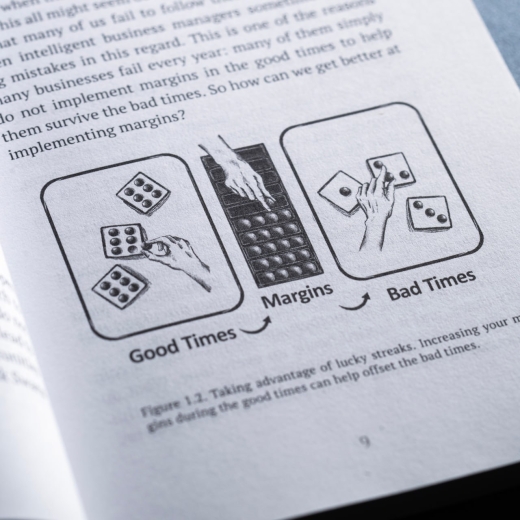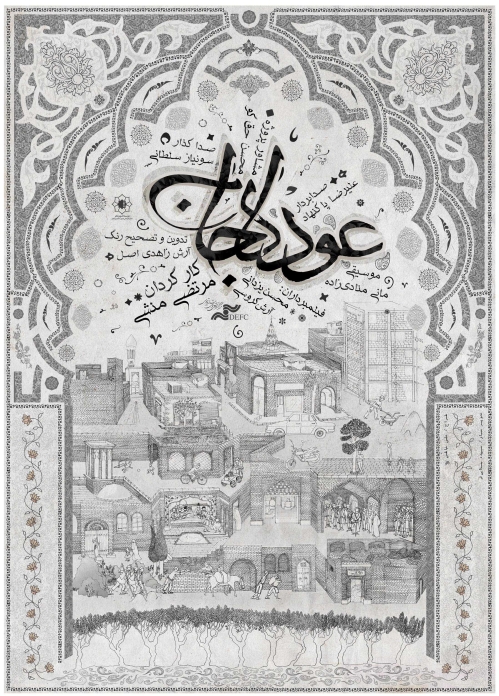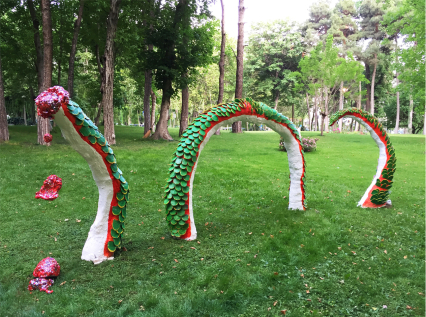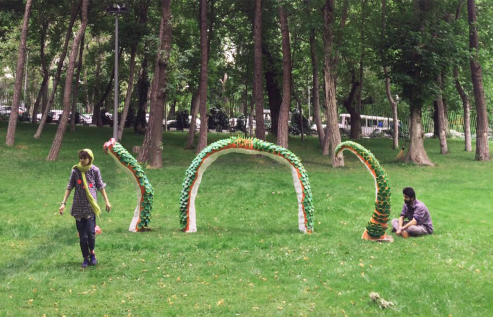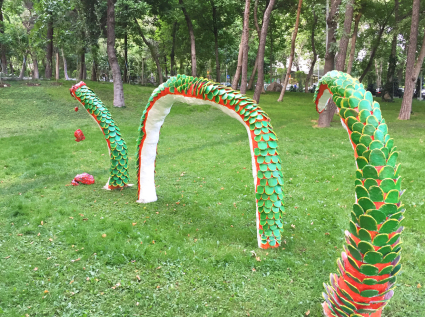COLLABORATIONS
& Group Projects
|2018| "Oudlajan" Poster
Poster for the documentary movie, Collaboration with Ali Khayati
|2022| Practical Uncertainty: Useful Ideas in Decision-Making, Risk, Randomness, & AI By Hossein Pishronik
Creative Director and Illustrator
Go to website
|2014| Afterlings
Performance at "Dream Catcher: A collaborative Project by Bita Fayazi" Tehran
|2016| Headless Dragon
A multidisciplinary collective/collaborative/interactive public art project directed by Bita Fayyazi, executed within a period of two weeks in Niavaran Cultural Center’s open grounds, Tehran
|2025| "Zobale Be Dar"
Environmental art event, Soil Carpet Beach, Hormoz Island, Iran
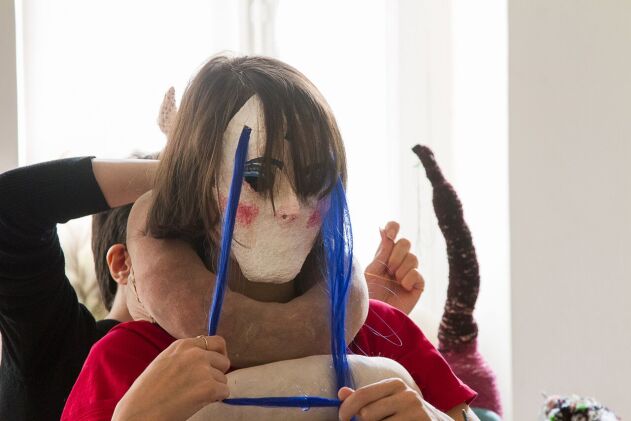
From "Four Years, Four Projects" ©All rights reserved
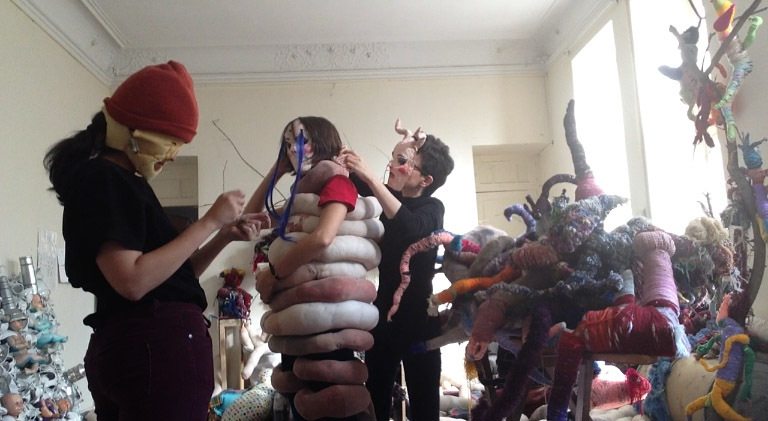

From "Four Years, Four Projects" ©All rights reserved
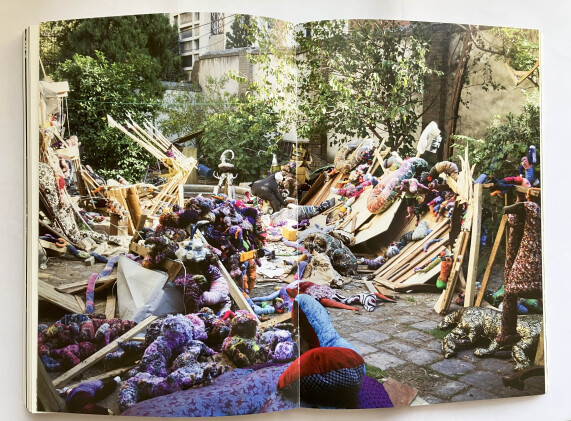
From "Four Years, Four Projects" ©All rights reserved

From "Four Years, Four Projects" ©All rights reserved
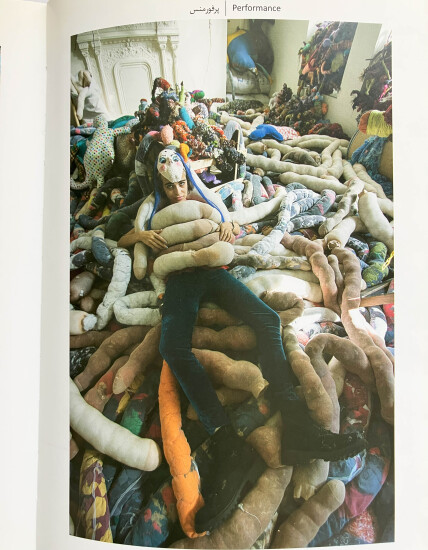
From "Four Years, Four Projects" ©All rights reserved

From "Four Years, Four Projects" ©All rights reserved
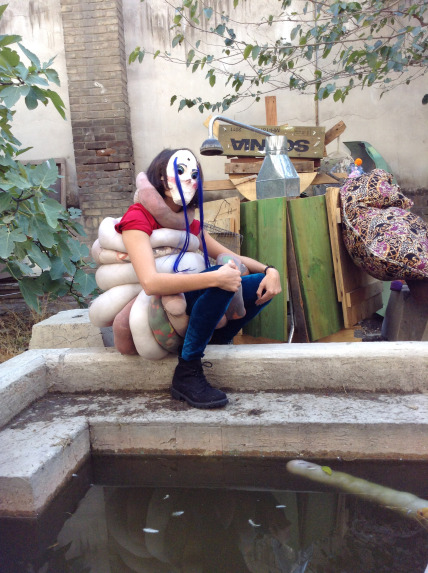
The Persian New Year, known as Nowruz, coincides with the spring equinox and is considered the most important day of the year. After 12 days of honoring life through visits with family and friends and celebrating with good food and company, the holidays end on the 13th day. This day is marked by special ceremonies. It is important to spend this day outside in nature with family, making knots on grasses in the hope that your wishes for the year will come true. The tradition encourages people to leave their homes—where they have been celebrating, hosting, and resting for the past 12 days—symbolically to get rid of the 13th day, which is viewed as a metaphor for unholiness, bad luck, and negative omens. This Day is Known as "Sizdah Be Dar" which means "getting rid of the 13." In Recent years, this day is also known as the Nature Day.
In the spring of 1404-2025, hosted by Hicycle!_Iran, we organized an environmental art event called "Zobaleh Be Dar," meaning "getting rid of litter," on Hormoz Island in southern Iran. Collaborating with Mostafa Ataei and Mouhebat Khodaei, the event took place on the 13th day of Nowrooz to raise awareness about the pollution crisis affecting this beautiful island. Hormoz Island is a geologically unique salt dome in the Persian Gulf, known for its rich mineral diversity and vividly colored soils, particularly its iconic red ochre. Unfortunately, the island is facing significant pollution due to excessive tourism and a lack of recycling infrastructure. We invited artists living there to create artworks and installations using litter and trash collected from the island. As this year coincided with the start of the Year of the Snake in Chinese tradition, we decided to incorporate a snake theme into the event. We came up with the idea of creating a large puppet snake to be built by the community, representing our collective efforts for a cleaner and greener island. This monstrous puppet was created from abandoned diesel "mashks"—large, rugged plastic fuel bladders that are often used in underwater fuel smuggling and had washed ashore after being discarded at sea. These containers, which could be found scattered every few meters along Hormoz's beaches, formed the scales and body of a 40-meter-long snake, collaboratively assembled by island residents and artists. By reclaiming these haunting remnants of environmental exploitation, the snake puppet slithered through the landscape as both a symbol of transformation and a stark reminder of the human impact on the island's fragile ecosystem.
"We are tying knots with strands of fabric while wishing for a greener and cleaner island. As we move the puppet together in harmony, we remind ourselves of our collective responsibility and the actions that must be taken to make this dream a reality. "
Watch Video
Oudlajan is one of Tehran’s oldest and most prominent historic neighborhoods, once home to wealthy families, Jewish and Zoroastrian communities, and notable political figures like the Qavam family and Seyyed Hassan Modarres. The illustration traces its layered history—from bottom, the old river and tall trees that made it a hospitable land, to the early settlers building their homes. On the right sits the Navab bathhouse, one of Tehran’s oldest public baths from the Qajar era. At the center, a traditional house brings together people of different faiths, reflecting Oudlajan’s cultural diversity. On the right, Seyyed Hassan Modarres appears at the Bazar entrance alongside revolutionaries. The top of the image transitions into the present-day neighborhood, with landmarks like Imamzadeh Yahya and Tekiyeh Rezagholikhan anchoring its modern identity.
It is known that dragons, beyond their magnificence, glory, and fearsome power, are deeply intelligent beings and guardians of ancient wisdom.
But the headless dragon, severed from its source of knowing, while its wound weeps knowledge it can no longer grasp, becomes something else entirely. Stripped of vision and purpose, it descends into pure chaos: a force of destruction unbound by reason or restraint. It penetrates blindly through the earth, emerging and vanishing at random, leaving only ruin in its wake, for its head is lost, and with it, all sense of direction.
"Dream Catcher", A five-month collaborative project led by Bita Fayazi @In-Cahoot
"As a result of our five months' endeavour to realize the project, the house in effect became the dream catcher and the legend of Noah's Ark, its vessel. An alternative appropriation of Noah's Ark was the outcome of the project: The Ark, caught up in the deluge, unlike the actual story, fell apart and never laid ashore; all that it contained went to waste. One never reaches utopia for it never was!"
From the Artist Book of Bita Fayazi "Four Years, Four Projects" 2017
@All rights reserved
"Afterlings" Performance
with Artists Sara Rahmanian & Nahid Behboudian
“Afterlings” was a performance concept developed by Sara Rahmanian and me during our time at Dream Catcher. While working on site, we often returned to the story of Noah’s Ark, surrounded by the construction of dystopian ruins. Yet, in every ending lies the seed of a new beginning. From this idea, I created a series of masks to embody the personas of those who emerge after the ruins—the new beings who inherit the land and learn to survive. These creatures, born from the fragments of destruction, evolve out of the remnants and wastes left behind. With shells fashioned from what once was, they shield themselves and carry life forward into what comes next.
